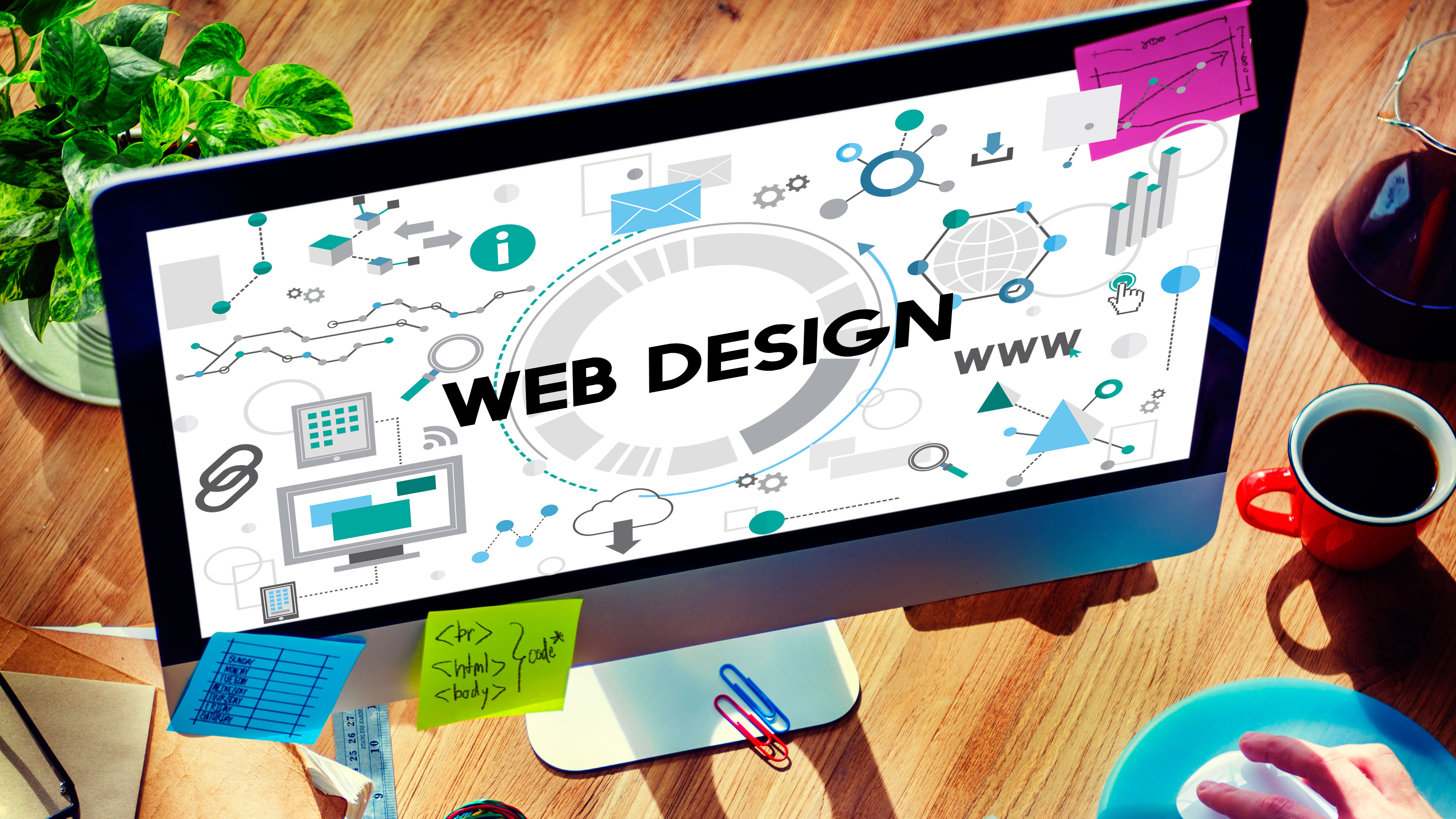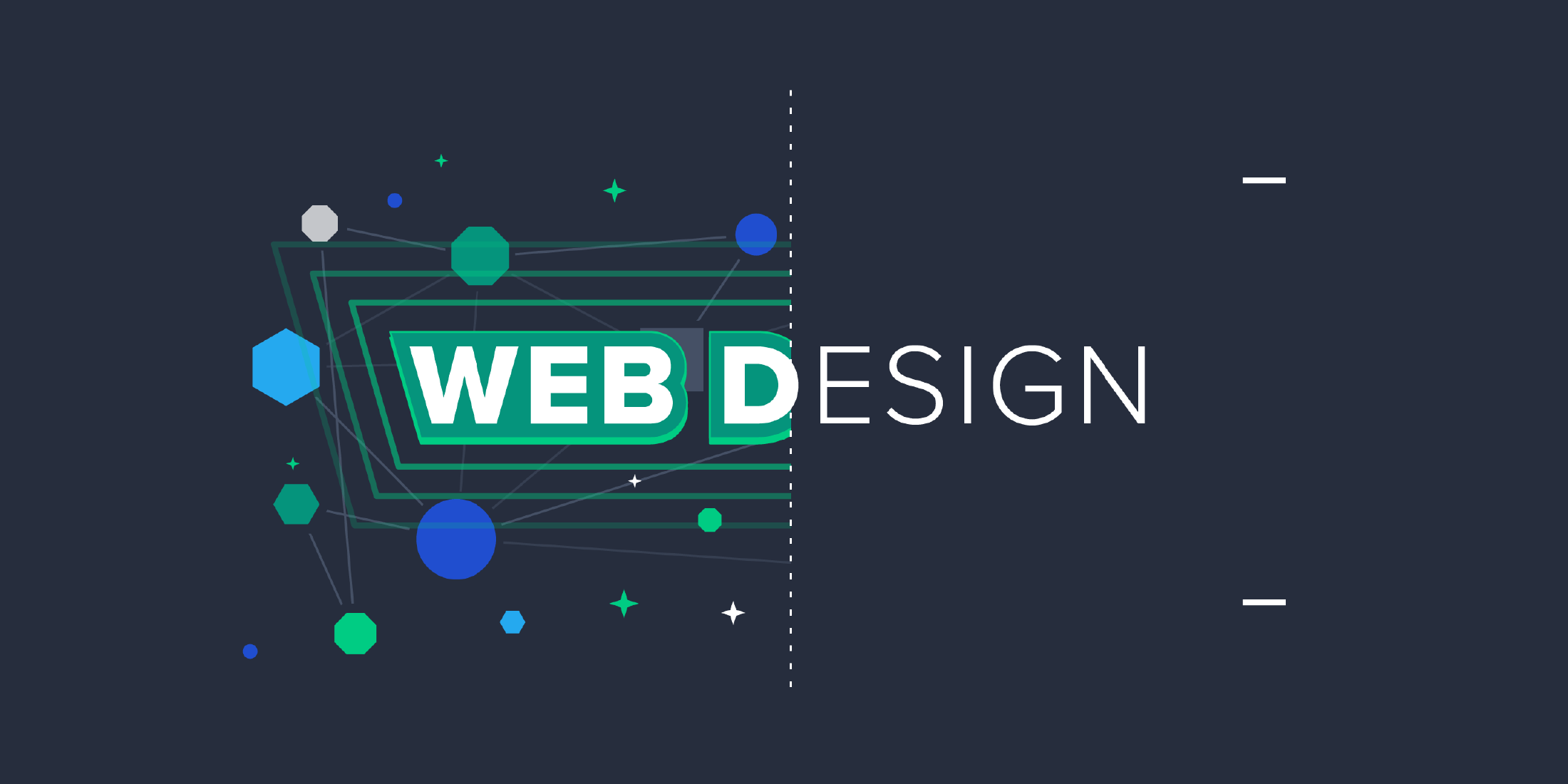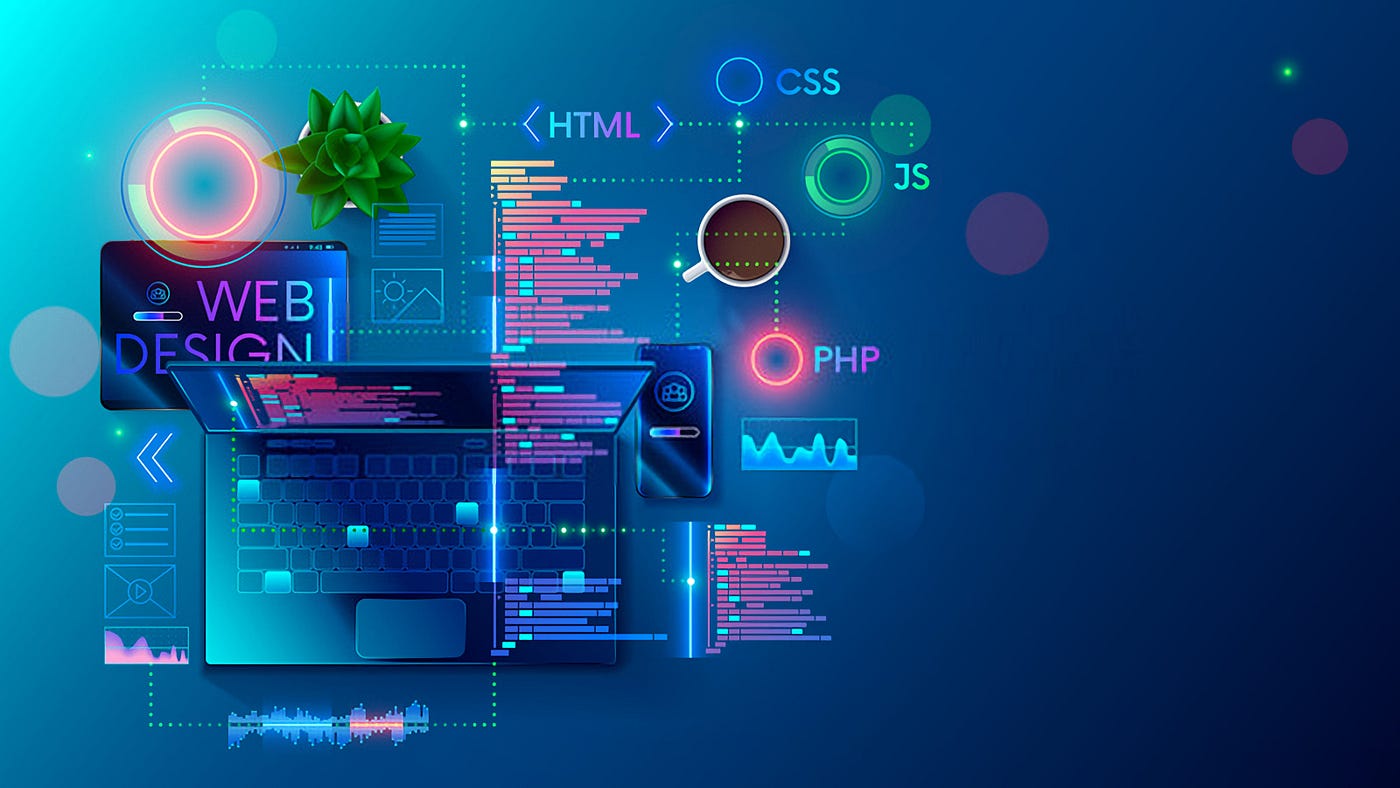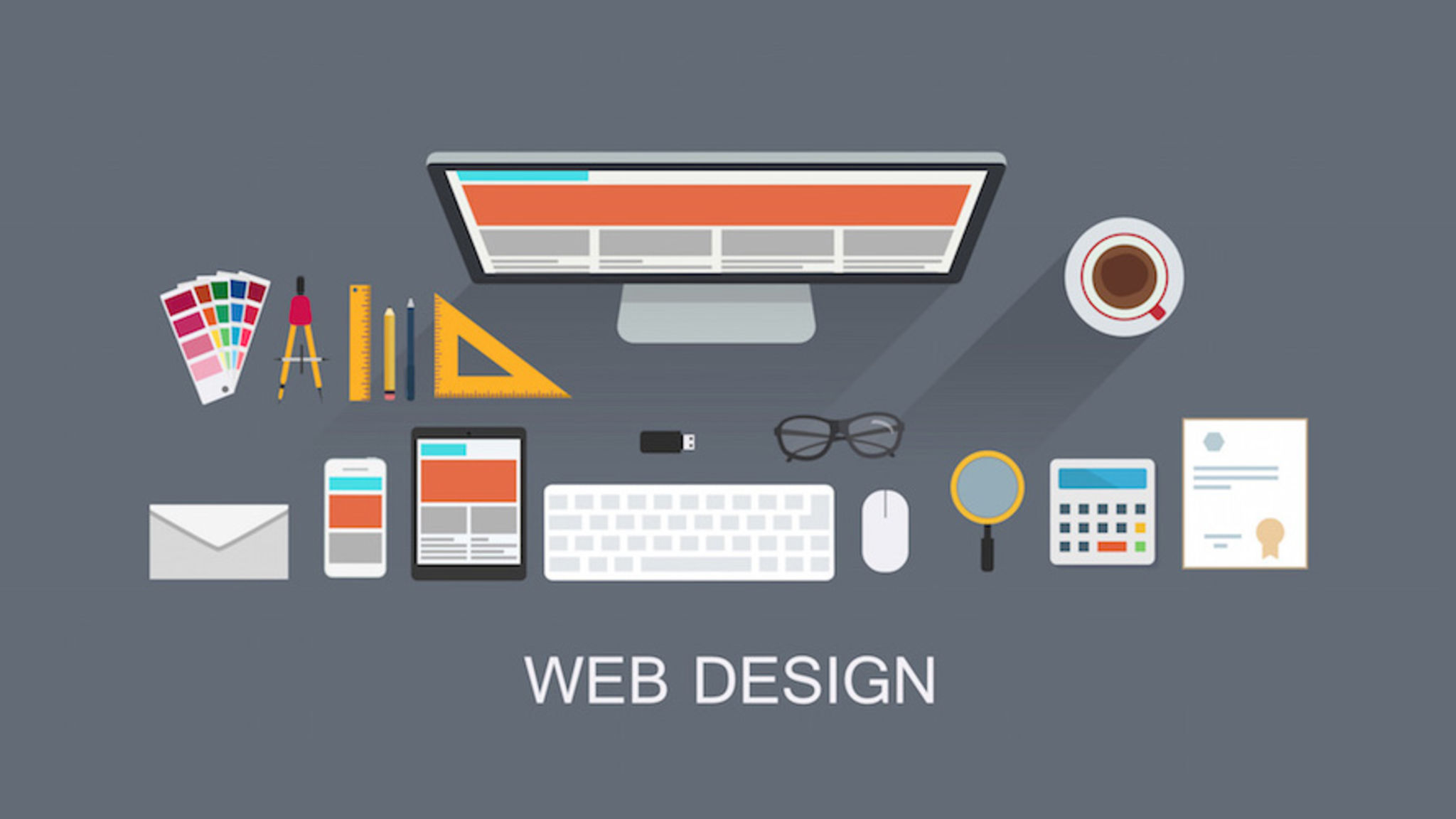All Categories
Featured
Table of Contents
- – Learn Responsive Design - Web.dev Tips and Tri...
- – 34 Of The Best Website Designs To Inspire You...
- – Web Design And Engineering Major - Santa Clar...
- – Learn Responsive Design - Web.dev Tips and Tr...
- – What Is Web Design? The Ultimate Guide To Web...
- – Web Design Services - Verizon Small Business ...
- – Web Design & Seo By Acs - Syracuse Web Desig...
- – Web Design Service - Professionally Designed...
- – Web Development Bachelor's Degree - Full Sai...
- – Pueblo Web Design Tips and Tricks:
- – Collaborate & Create Amazing Graphic Design ...
Learn Responsive Design - Web.dev Tips and Tricks:
Quick summary Functionality and the energy, not the visual style, identify the success or failure of a site. Given that the visitor of the page is the only person who clicks the mouse and for that reason decides whatever, user-centric style has developed as a standard technique for successful and profit-oriented website design - web design frederick md.
and the energy, not the visual design, determine the success or failure of a site. Considering that the visitor of the page is the only individual who clicks the mouse and for that reason decides everything, user-centric style has actually ended up being a standard technique for effective and profit-oriented website design. After all, if users can't use a feature, it might too not exist.
g. where the search box ought to be placed) as it has actually already been done in a number of posts; rather we concentrate on the techniques which, used properly, can result in more sophisticated design decisions and streamline the procedure of perceiving provided details. Please observe that you might be interested in the usability-related articles we have actually published prior to: Concepts Of Great Site Style And Efficient Web Design Guidelines, In order to use the principles appropriately we first need to understand how users connect with sites, how they think and what are the standard patterns of users' behavior.
34 Of The Best Website Designs To Inspire You In 2022 Tips and Tricks:
Visitors glance at each new page, scan some of the text, and click the very first link that catches their interest or vaguely looks like the thing they're looking for. In truth, there are large parts of the page they do not even take a look at. Many users look for something fascinating (or beneficial) and clickable; as soon as some promising prospects are discovered, users click.
If a page supplies users with high-quality content, they want to jeopardize the material with ads and the style of the site. This is the reason not-that-well-designed sites with top quality content gain a lot of traffic over years. Content is more vital than the style which supports it.

Users do not read, they scan. Notice how "hot" locations abrupt in the middle of sentences. This is common for the scanning process. Really easy concept: If a site isn't able to fulfill users' expectations, then designer stopped working to get his job done correctly and the business loses cash. The greater is the cognitive load and the less instinctive is the navigation, the more willing are users to leave the website and search for alternatives.
Web Design And Engineering Major - Santa Clara University Tips and Tricks:
Neither do they scan webpage in a linear fashion, going sequentially from one site area to another one. Instead users satisfice; they pick the first reasonable alternative. As quickly as they discover a link that looks like it may result in the objective, there is an excellent possibility that it will be right away clicked.
It doesn't matter to us if we understand how things work, as long as we can use them. If your audience is going to imitate you're creating signboard, then style fantastic signboards." Users wish to have the ability to manage their web browser and count on the constant data presentation throughout the website.
If the navigation and site architecture aren't intuitive, the number of question marks grows and makes it harder for users to comprehend how the system works and how to get from point A to point B. A clear structure, moderate visual clues and quickly recognizable links can assist users to discover their course to their aim.
Learn Responsive Design - Web.dev Tips and Tricks:

claims to be "beyond channels, beyond items, beyond circulation". What does it imply? Because users tend to check out sites according to the "F"-pattern, these 3 declarations would be the very first aspects users will see on the page once it is packed. The design itself is easy and user-friendly, to understand what the page is about the user requires to search for the answer.
Once you have actually attained this, you can communicate why the system is beneficial and how users can benefit from it. People won't use your website if they can't discover their method around it. 2. Don't Waste Users' Persistence, In every project when you are going to provide your visitors some service or tool, attempt to keep your user requirements minimal.
Novice visitors want to, not filling long web forms for an account they might never ever utilize in the future. Let users check out the website and find your services without requiring them into sharing private data. It's not affordable to force users to enter an e-mail address to evaluate the function.
What Is Web Design? The Ultimate Guide To Website Design ... Tips and Tricks:
Stikkit is a perfect example for an user-friendly service which needs practically absolutely nothing from the visitor which is unobtrusive and soothing. Which's what you desire your users to feel on your web website. Obviously, Termite needs more. The registration can be done in less than 30 seconds as the type has horizontal orientation, the user does not even need to scroll the page.
A user registration alone is adequate of an obstacle to user navigation to cut down on inbound traffic. Handle To Focus Users' Attention, As sites supply both static and dynamic material, some elements of the user interface attract attention more than others do.
Focusing users' attention to specific areas of the website with a moderate usage of visual elements can help your visitors to get from point A to point B without thinking of how it actually is supposed to be done. The less concern marks visitors have, the they have and the more trust they can develop towards the company the website represents.
Web Design Services - Verizon Small Business Essentials Tips and Tricks:
Aim For Function Exposure, Modern web styles are generally criticized due to their method of guiding users with aesthetically appealing 1-2-3-done-steps, big buttons with visual results and so on. From the design viewpoint these aspects really aren't a bad thing.
The site has 9 primary navigation choices which are visible at the first glance. The option of colors may be too light. is an essential concept of effective interface design. It doesn't truly matter how this is achieved. What matters is that the material is well-understood and visitors feel comfy with the way they communicate with the system.
com gets straight to the point. No adorable words, no exaggerated statements. Rather a cost: simply what visitors are looking for. An optimal service for efficient writing is touse short and succinct expressions (come to the point as rapidly as possible), use scannable design (classify the material, use numerous heading levels, utilize visual aspects and bulleted lists which break the flow of consistent text blocks), use plain and objective language (a promo doesn't require to seem like advertisement; offer your users some sensible and objective reason that they need to use your service or remain on your website)6.
Web Design & Seo By Acs - Syracuse Web Design - Google ... Tips and Tricks:
Users are hardly ever on a website to take pleasure in the design; furthermore, most of the times they are looking for the details regardless of the style - web design frederick md. Pursue simplicity rather of intricacy. From the visitors' viewpoint, the finest website style is a pure text, with no advertisements or further content blocks matching precisely the query visitors used or the material they've been trying to find.
Finch clearly provides the details about the website and provides visitors an option of choices without overcrowding them with unneeded content. Not just does it help to for the visitors, but it makes it possible to view the information presented on the screen.
Complex structures are more difficult to read, scan, examine and work with. If you have the option between separating 2 design sectors by a visible line or by some whitespace, it's generally much better to utilize the whitespace service. (Simon's Law): the much better you manage to supply users with a sense of visual hierarchy, the easier your content will be to view.
Web Design Service - Professionally Designed Websites Tips and Tricks:
The same conventions and guidelines need to be used to all elements.: do the most with the least quantity of cues and visual components. Clarity: all elements should be developed so their meaning is not unclear.
Conventions Are Our Buddies, Traditional design of website aspects doesn't result in a dull web site. It would be an usability nightmare if all websites had different visual presentation of RSS-feeds.
comprehend what they're getting out of a site navigation, text structure, search placement etc. A normal example from use sessions is to equate the page in Japanese (assuming your web users don't know Japanese, e. g. with Babelfish) and provide your usability testers with a job to find something in the page of different language.
Web Development Bachelor's Degree - Full Sail University Tips and Tricks:
Test Early, Test Often, This so-called TETO-principle should be used to every web style job as usability tests often provide into considerable problems and problems related to a given layout. Test not too late, not too little and not for the incorrect factors.
Some crucial indicate keep in mind: according to Steve Krug, and screening one user early in the task is better than testing 50 near the end. Accoring to Boehm's very first law, errors are most regular throughout requirements and design activities and are the more expensive the later on they are eliminated.
That indicates that you design something, test it, repair it and then check it once again. There may be problems which have not been found during the first round as users were virtually blocked by other problems.
Pueblo Web Design Tips and Tricks:

This holds for designers also. After you've dealt with a website for couple of weeks, you can't observe it from a fresh viewpoint anymore. You understand how it is built and therefore you understand exactly how it works you have the wisdom independent testers and visitors of your website would not have.
It can be connected to other locations such as graphic design, user experience, and multimedia arts, however is more aptly seen from a technological viewpoint. It has become a large part of individuals's everyday lives. It is tough to picture the Internet without animated graphics, different styles of typography, background, videos and music.

During 1991 to 1993 the World Wide Web was born. Text-only pages might be viewed using a simple line-mode browser. In 1993 Marc Andreessen and Eric Bina, created the Mosaic internet browser. At the time there were several browsers, nevertheless the majority of them were Unix-based and naturally text heavy. There had been no integrated technique to graphic design elements such as images or sounds.
Collaborate & Create Amazing Graphic Design For Free Tips and Tricks:
The W3C was developed in October 1994 to "lead the Internet to its full capacity by developing typical procedures that promote its development and guarantee its interoperability." This dissuaded any one business from monopolizing a propriety internet browser and programs language, which could have changed the effect of the Internet as a whole.
As this has actually occurred the innovation of the web has also moved on. There have actually also been considerable modifications in the method individuals use and access the web, and this has altered how sites are developed. Given that completion of the web browsers wars [] brand-new browsers have been released. A lot of these are open source indicating that they tend to have faster development and are more encouraging of new requirements.
Learn more about Lovell Media Group LLC or TrainACETable of Contents
- – Learn Responsive Design - Web.dev Tips and Tri...
- – 34 Of The Best Website Designs To Inspire You...
- – Web Design And Engineering Major - Santa Clar...
- – Learn Responsive Design - Web.dev Tips and Tr...
- – What Is Web Design? The Ultimate Guide To Web...
- – Web Design Services - Verizon Small Business ...
- – Web Design & Seo By Acs - Syracuse Web Desig...
- – Web Design Service - Professionally Designed...
- – Web Development Bachelor's Degree - Full Sai...
- – Pueblo Web Design Tips and Tricks:
- – Collaborate & Create Amazing Graphic Design ...
Latest Posts
Web Design Online Course:
Web Design Certificate - Web Development Certificate Program Tips and Tricks:
$899 - Custom Mobile Friendly Website Design By Go Web ... Tips and Tricks:
More
Latest Posts
Web Design Online Course:
Web Design Certificate - Web Development Certificate Program Tips and Tricks:
$899 - Custom Mobile Friendly Website Design By Go Web ... Tips and Tricks: